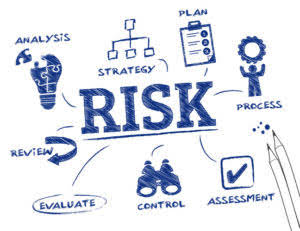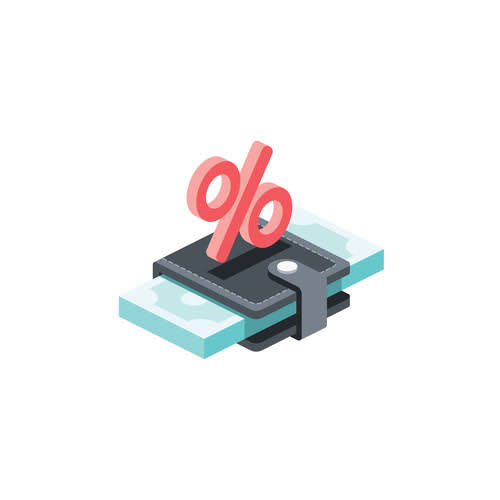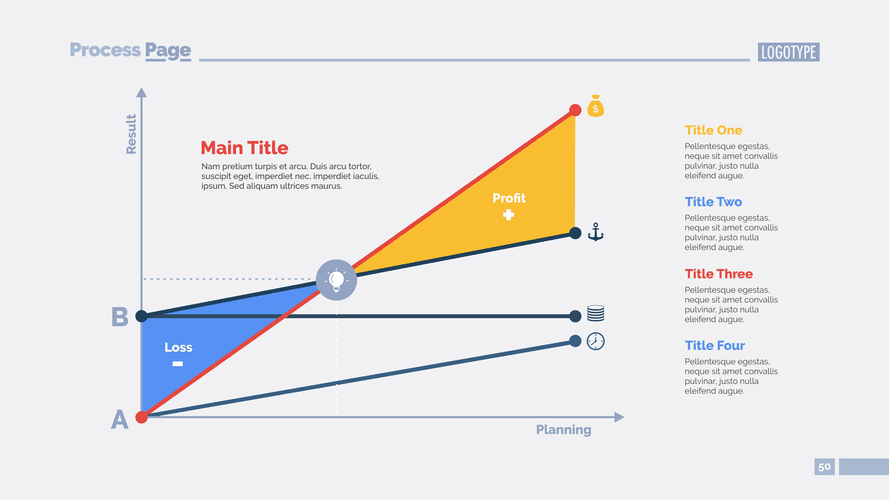The calculation might involve complex factors best managed with an easy-to-use template available on various business websites. In the pursuit of profitability, the allocation and management of marketing expenditures stand as a pivotal factor in bolstering the return on investment (ROI). This delicate balance hinges on the strategic deployment of resources towards variable costs—those that fluctuate with production levels—and fixed costs, which remain constant regardless of output. The art lies in leveraging these expenditures to not only capture market share but also to maximize financial returns.
Why Your Small Business Should Invest in Accounts Payable Software
High fixed costs require steady revenue to cover expenses, affecting break-even points and operating leverage. Efficient management can enhance profitability, especially as sales increase. The total expenditure incurred by an organisation on the factors of production which are required for the production of a commodity is known as Total Cost. In simple terms, total cost is the sum of total fixed cost and total variable cost at different output levels. While they remain constant in the short term, over extended periods, some “fixed” costs can change. For instance, rent agreements might be renegotiated, administrative salaries could be adjusted, and insurance premiums may increase upon policy renewal.
Are there any fixed components within marketing expenses?
You can view most of it as fixed and pre-allocated costs if you build a marketing budget based on previous year’s revenue – but then you might get stuck or miss good opportunities. By weaving these elements into the fabric of marketing strategies, businesses can navigate the complex waters of cost management. Cost of goods sold (COGS) includes all of the costs and expenses directly related to the production of goods. COGS excludes indirect costs such as overhead and sales & marketing.
Marketing and advertising are also indirect costs because they do not directly relate to is marketing a fixed or variable cost a product’s production. Employee benefits and costs of acquiring accounting services are also indirectly related to production. The indirect cost can also be fixed or variable, depending on how they occur. A marketing budget typically covers costs for advertising, promotion and public relations.
Some kinds of taxes, like business licenses, are also fixed costs. But in general, marketing expenses are simply the costs incurred in promoting your business. Traditionally, this meant printing and production of physical collateral, advertising placements in print and on-screen, travel, and employee salaries. When you run your own business, you’ll have to cover both fixed and variable costs. For some businesses, overhead may make up 90% of monthly expenses, and variable 10%.
Taken together, fixed and variable costs are the total cost of keeping your business running and making sales. Fixed costs stay the same no matter how many sales you make, while your total variable cost increases with sales volume. Reducing fixed costs, often referred to as business overhead costs, can strengthen your financial flexibility and improve overall profitability. One strategy is renegotiating lease terms or seeking more cost-effective office space, thereby optimizing office rent. Consider outsourcing non-core activities to reduce full-time staff salaries and engage freelancers for short-term projects, assisting with cost allocation. Regularly review supplier contracts to ensure competitive rates, and consider switching providers if necessary.
Marketing spending
- They remain constant regardless of how much a company produces or sells.
- But for planning purposes, the operations costs of handling leads were fully variable.
- Regularly review fixed costs for any opportunities to renegotiate terms or find alternatives that offer better value.
- But first, you need to know the difference between these two cost categories, and how to tell them apart on your financial statements.
- We would source leads for our senior living advisors (SLAs) who would work with families to help them find senior housing.
- For many small businesses, it’s recommended that they plan 6 – 8% of their budget for marketing.
If you are talking about bringing in 1000 additional tables of customers they are definitely variable. The first two staff can handle x number of customers, but once you get to a specific point you need more staff. There is a fuzzy zone where you could have one server who is scrambling or you could have two servers who are relaxing. That fuzzy zone decreases in size the bigger the restaurant but likely never really goes away.
Overall we knew that SLAs could handle about xx leads per week. If they got more than that on a consistent basis then we saw our overall conversion rate start to slowly decrease. However, we also knew that the SLAs could handle almost twice the normal volume in a given week without any loss of overall performance. Creating your budget will help you organize and plan for the future as well as be a visual way to show you if your plans are viable.
The cost or economic cost of a firm consists of all the expenses it faces, can manage, and are beyond its control. Besides other resources, a firm may also use those resources whose expenses are not that clear but are still essential for the firm. The trajectory of marketing cost efficiency is characterized by a blend of technological innovation, strategic partnerships, and a data-driven approach. These trends not only ensure that marketing budgets are spent wisely but also that they contribute to the sustainable growth of the organization.
Variable vs. Fixed Costs: Why They Matter
On the other hand, textbooks for each student is a prime example of a variable costs. If the class goes from 15 to 20 students you still have one teacher, but you do need to buy enough additional textbooks to cover every student in the class (same with general classroom supplies). In marketing, you might have post-purchase satisfaction programs that would therefore be a variable cost because they fully depend on how many customers you’ve won in any reporting period. By weaving these strategies into the fabric of marketing operations, businesses can not only navigate the complexities of cost management but also steer towards a more profitable horizon.
- Operating leverage refers to the degree to which a company uses fixed costs in its operations, and it significantly impacts profitability.
- Managing this leverage effectively, along with the amortization of capital expenses, is key to maximizing profitability while mitigating risks.
- As a result, even though ad costs can vary a lot, they are not considered a variable cost.
- Fixed costs remain the same, whether production increases or decreases.
Because expenditure on marketing is a discretionary expenditure, it can significantly affect the profit for the firm. This can be thought of as an investment though as the objective is to increase brand awareness and acquire new customers. Managers must distinguish marketing costs onto fixed and variable and allocate funds accordingly. The fixed marketing costs include sales force expenses, advertising campaigns, sales promotion and distribution costs. In the realm of marketing, the allocation and management of costs play a pivotal role in shaping strategic decisions. Fixed costs, those that do not fluctuate with production or sales volume, are particularly significant.
Fixed Costs vs. Variable Costs
Examples include rent, salaries of permanent staff, and insurance. Fixed costs can vary significantly across different sectors due to the unique requirements and structures of each industry. In manufacturing, high fixed costs often stem from investment in machinery and facilities. Fixed costs like depreciation expense, which does not change with different production quantities, play a crucial role in financial planning. In contrast, sectors like software development may have lower fixed costs, with a focus on technological infrastructure and employee salaries.
While marketing expenses are typically considered variable costs, some fixed elements may exist, such as annual subscription fees for marketing software or the cost of maintaining a marketing team. The company has set up a system to monitor and control its marketing budget and forecast, using various tools and techniques, such as dashboards, reports, charts, graphs, and ratios. The company regularly compares the actual results with the planned results, and analyzes the variances. If there are significant deviations, the company identifies the causes and takes corrective actions. For example, if the actual sales are lower than the forecasted sales, the company may need to revise the pricing strategy, increase the promotional efforts, or improve the product quality.
In order to understand what your marginal unit costs are you need to understand what part of your costs are fixed and what parts are variable. Examples abound of companies that have thrived by adopting such an approach, demonstrating its efficacy and importance. Indirect Cost of Production Indirect costs affect the entire company, not just one product. They include advertising, depreciation, office supplies, accounting services, and utilities, for example.
Therefore, advertising is not a fixed cost, but rather a current expense. Variable costs may include labor, commissions, and raw materials. Fixed costs may include lease and rental payments, insurance, and interest payments. Semi-variable costs have elements of variable costs and fixed costs.





